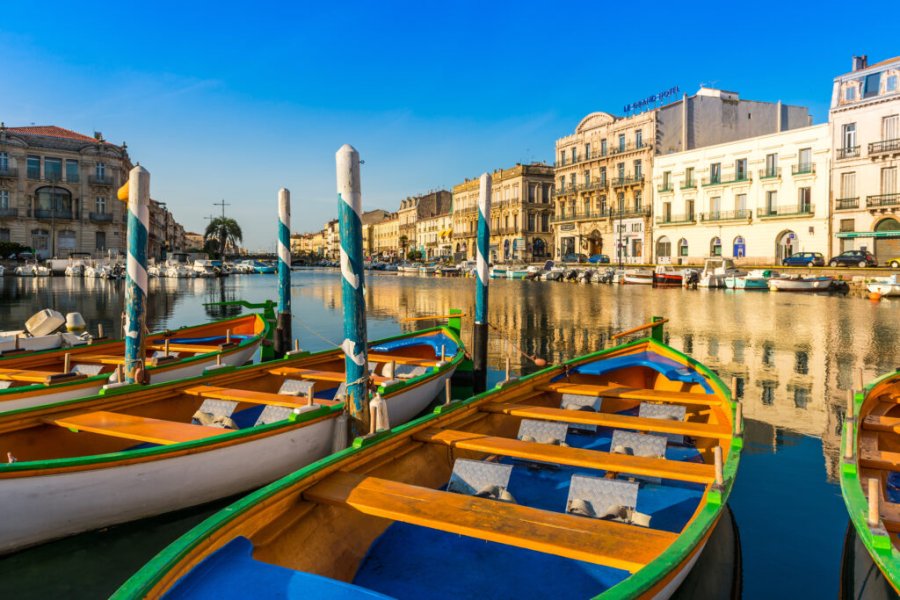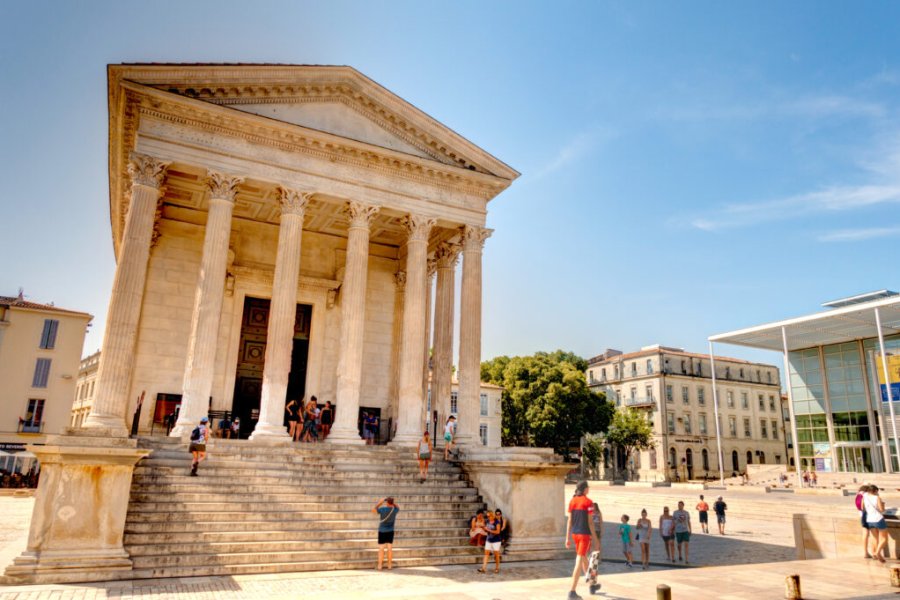Travel Guide Parque Nacional Islas Marietas
Find an accommodation
Advertising
It is a small archipelago, incredibly rich in terrestrial and maritime fauna, composed of two islands (Isla Larga and Isla Redonda) and two uninhabited islets, ideal for diving and snorkeling. The oldest documents on the region report that they would have been a place of sacrifice for pre-Hispanic populations, then quite quickly after the conquest a lair of pirates, trafficking among other things the pearls found there. There is evidence of fishermen settling on the islands in the 1930s, with shark liver oil becoming an important vitamin supplement for soldiers during the Second World War; small-scale exploitation of guano (natural fertilizer) is also known. It was not until 2005 that the area was finally recognized as a natural park by the Mexican government, and then as a biosphere reserve by UNESCO in 2008.It is true that the area is renowned for its biodiversity, both terrestrial (it is an important passage site for migratory birds; 92 species reside there permanently or seasonally) and underwater: coral reefs, manta rays, dolphins, killer whales, whales, molluscs, fish, turtles are legion there. There are two main islands: Isla Larga and Isla Redonda, the latter being very popular because it is here that the famous Playa del Amor, an icon of tourism promotion in the region, is located. Unfortunately, its proximity to the major seaside resorts of Puerto Vallarta (40 km) and Nuevo Vallarta (33 km) has led to an uncontrolled influx of visitors: in 2015, the islands were visited by 100,000 visitors per year, while the tolerable limit considered for the area is five times lower... The overexploitation of tourism is endangering the protection of endangered species, a situation that led the government to ban access to the islands for several months in 2016, particularly for coral reef restoration operations. They are now re-opened for visits but their access is much more controlled: number of visitors limited to 116 per day, no boats of more than 15 people, access at low tide only, prohibition to use fins and snorkeling equipment, maximum duration of 30 minutes on Playa del Amor and access in successive waves.Access: Punta de Mita is the nearest point to the islands (8 km). The cleanest way to get there is undoubtedly the sea kayak, but you will still need to row for a while. Of course, you can go there from Sayulita. Only accredited agencies are allowed to attend
Suggested addresses Parque Nacional Islas Marietas
Weather at the moment
Advertising
Organize your trip with our partners Parque Nacional Islas Marietas
Transportation
Book your plane tickets
Car Rental
Boat rental
Accommodation & stays
Find a hotel
Holiday rental
Find your campsite
Tailor-made trip
Immersion travel
Services / On site
Activities & visits
Find a doctor
Find unique Stay Offers with our Partners
Pictures and images Parque Nacional Islas Marietas
There are currently no photos for this destination.



